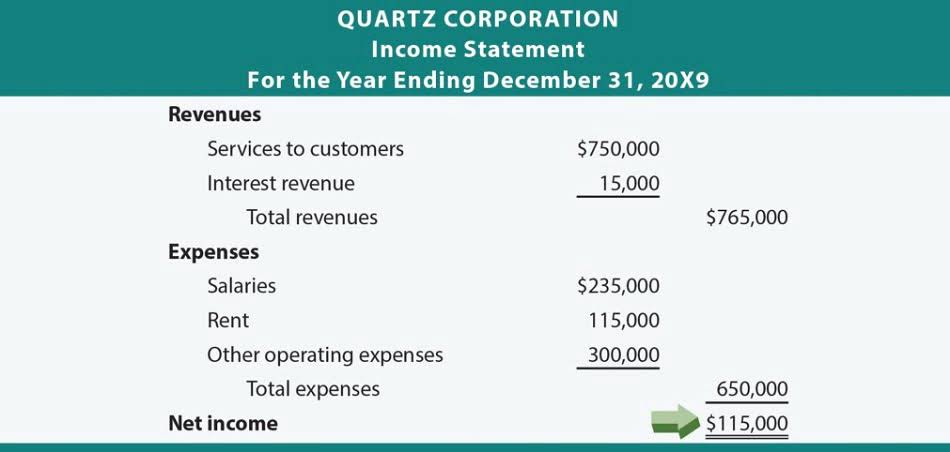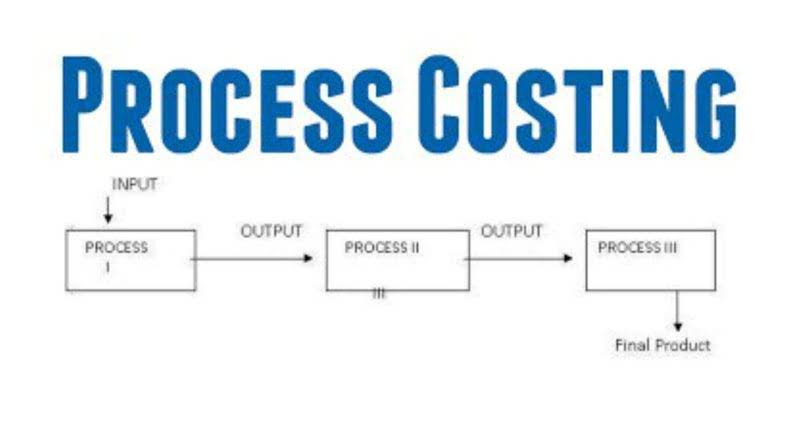
When converting from cash basis to accrual basis accounting, it is essential to adjust revenues. Under the cash basis method, revenue is recorded when cash is received, whereas under the accrual basis, revenue is recorded when it is earned, regardless of when the cash is actually received. The cash-to-accrual conversion entry fixes the accrued expenses payable account. The entry also increases the expense account to show the total expenses for the period. Accrual accounting creates a more accurate picture of profit or loss, so the salon’s owner can have a better understanding of its profitability from period to period. Moreover, businesses must consider the potential impact on their tax planning strategies.

Capitalizing Fixed Assets
The amount of a long-term asset’s cost that has been allocated to Depreciation Expense since the time that the asset was acquired. Accumulated Depreciation is a long-term contra asset account (an asset account with a credit balance) that is reported on the balance sheet under the heading Property, Plant, and Equipment. The credit balance in this account comes from the entry wherein Bad Debts Expense is debited. The amount in this entry may be a percentage of sales or it might be based on an aging analysis of the accounts receivables (also referred to as a percentage of receivables). Unearned Revenues is a liability account that reports the amounts received by a company but have not yet been earned by the company. Investing in quality accounting technology will save time and minimize human errors, allowing your team to focus on strategic decision-making rather than being bogged down by manual entry tasks.

SUBTRACTING ACCOUNTS RECEIVABLE
From this cash received, $30,000 of it isn’t actually revenue under the accrual basis. We need to subtract $30,000 from the $1.5 million as it applies to revenue from a prior period. The way to decrease your AP balance is by paying it off, accrual to cash adjustment which implies they paid $4,000 of their AP balance for expenses recorded in a prior period. They’re paying $20,000 in cash, but $4,000 was to decrease the AP balance, and the remaining $16,000 was for expenses. Suppose for example during the accounting period a business makes sales to an account customer amounting to 1,700 and in the same period receives 400 from the customer.
How to Convert from Accrual Basis to Cash Basis of Accounting?

Under GAAP and IFRS, these are added back to net income in the indirect method to reflect true cash flow from operations. For example, if a company reports $100,000 in depreciation, this amount is added back to net income. This adjustment helps stakeholders better understand the cash-generating ability of a company’s core operations without the distortion of accounting allocations. These adjustments also aid in tax planning, as https://contentrulestg.wpengine.com/online-accounting-software-for-your-small-business/ depreciation methods and schedules can impact taxable income under IRC Section 167.
Subscribe to Taxfyle
- Also, cash might not be paid or earned in the same period as the expenses or incomes are incurred.
- This can lead to potential tax deferrals of income recognition and an acceleration of expense recognition, potentially lowering taxable income in the short term.
- Looking at the expenses, we paid out $500,000 in cash and AP goes from $100,000 down to $80,000.
- Follow this guide to convert successfully from accrual to cash basis accounting.
- This foresight is especially valuable in navigating economic downturns or pursuing growth opportunities.
- The ending balance in the contra asset account Accumulated Depreciation – Equipment at the end of the accounting year will carry forward to the next accounting year.
This comprehensive evaluation will highlight the necessary adjustments for a smooth switch to accrual financial reporting. Accrual accounting aligns revenues and expenses with the periods they occur, providing a more precise economic picture, especially for businesses that sell products or offer credit. This method ensures that monetary data isn’t skewed by payment delays, offering a clearer view of profitability and economic health. I’m a small business accountant and I’m working with a client on switching from accrual to cash basis accounting. Looking over their books, I see they have $280,000 in accounts receivable and $471,000 in accounts payable. These are literally the only accrual method accounts they have.I’m trying to figure out the right way to handle this under Section 481(a).
- For instance, a company that understands its revenue recognition timeline can better manage its inventory levels and avoid overproduction, which can lead to unnecessary costs.
- From this cash received, $30,000 of it isn’t actually revenue under the accrual basis.
- And, if your staff says, “But that isn’t what we did last year,” you can tell them to embrace their role in providing quality tax advice to the clients you serve.
- The content on this website is provided “as is;” no representations are made that the content is error-free.
S Corp vs LLC: Which Business Structure Is Right for You?
Unless the interest is paid up to date, the company Budgeting for Nonprofits will always owe some interest to the lender. The ending balance in the contra asset account Accumulated Depreciation – Equipment at the end of the accounting year will carry forward to the next accounting year. The ending balance in Depreciation Expense – Equipment will be closed at the end of the current accounting period and this account will begin the next accounting year with a balance of $0. The $25,000 balance in Equipment is accurate, so no entry is needed in this account. As an asset account, the debit balance of $25,000 will carry over to the next accounting year.